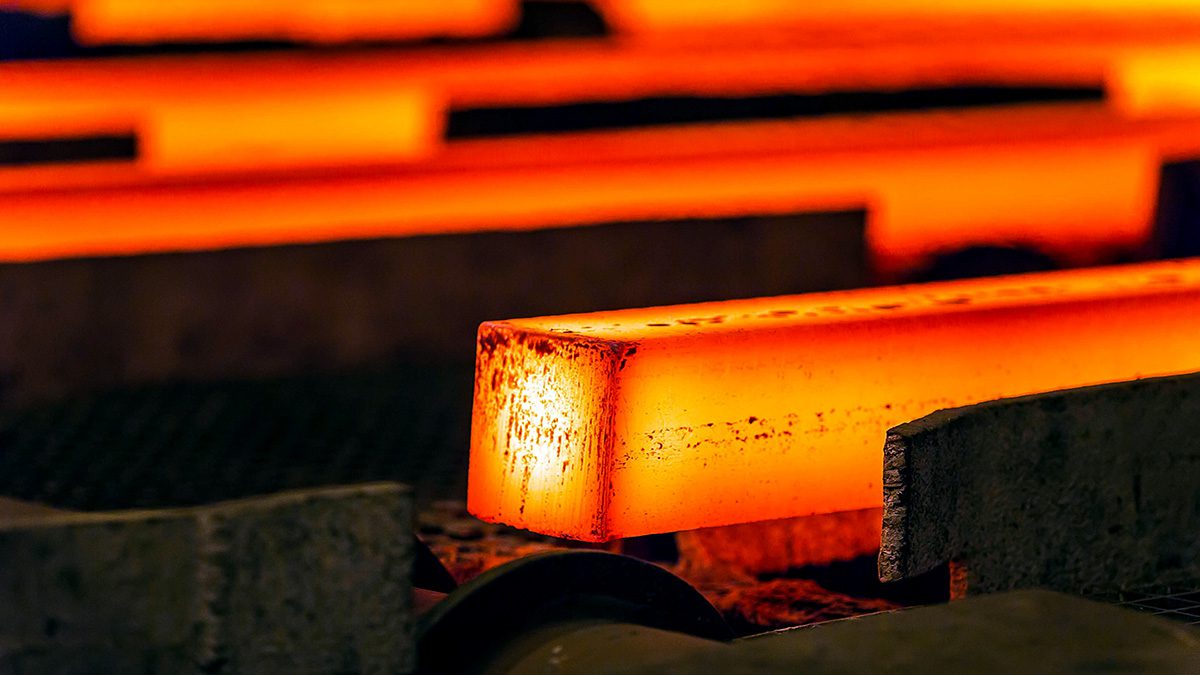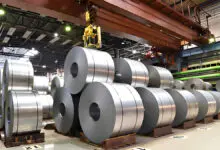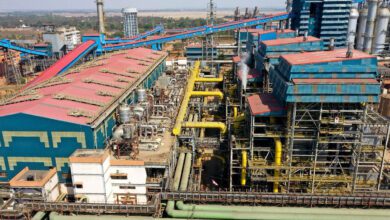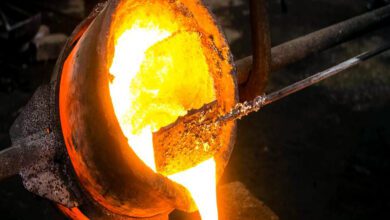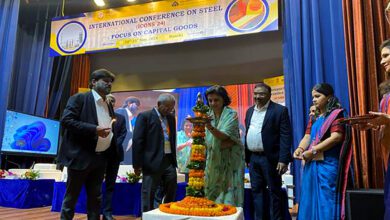In a significant boost to India’s steel sector, the Joint Plant Committee (JPC) has released the state-wise details of crude steel production for the fiscal year 2022-23, showcasing a remarkable performance by both the private and public sectors.
The private sector, with a total of 930 units, demonstrated its robust capabilities by contributing a staggering 104.77 million tonnes of crude steel production. The Eastern region led the way with 150 units, churning out 39.43 million tonnes. The Western region followed closely, with 267 units producing 34.50 million tonnes. Meanwhile, the Northern and Southern regions contributed 9.39 million tonnes and 21.45 million tonnes, respectively.
A state-wise breakdown reveals the prowess of individual states, with Jharkhand emerging as a steel powerhouse, boasting 26 units and a production capacity of 14.05 million tonnes. Gujarat in the Western region stood out with 73 units producing 8.63 million tonnes, while Karnataka led the Southern region with 25 units contributing 13.39 million tonnes.
The government’s role as a facilitator in this deregulated sector is evident through various initiatives aimed at fostering a conducive environment for steel production. The Domestically Manufactured Iron & Steel Products (DMI&SP) Policy has been a game-changer, providing preference to domestically manufactured products in government procurement.
To address the challenge of scrap availability, the Steel Scrap Recycling Policy has been implemented, promoting the recycling of steel and reducing dependence on imports. Additionally, Steel Quality Control Orders have been enforced to ensure the production and import of standardised steel products.
Government’s proactive approach is further underscored by its adjustments in Basic Custom Duty on steel products and raw materials. Measures such as Anti-Dumping Duty (ADD) and Countervailing Duty (CVD) have been calibrated to enhance the competitiveness of India’s steel sector in the global market.
The introduction of the Production Linked Incentive (PLI) Scheme for specialty steel is another step towards promoting the manufacturing of high-quality steel within the country, encouraging innovation and technological advancements.
In a bid to further accelerate growth, the government has increased its Capital Expenditure to Rs. 10 lakh crores during the fiscal year 2023-24. This surge in infrastructure investment is expected to drive demand for steel and other construction materials, providing a substantial impetus to the industry.
While the private sector has played a pivotal role, the public sector, spearheaded by the Steel Authority of India Ltd (SAIL) and Rashtriya Ispat Nigam Ltd (RINL), contributed significantly to the overall production, accounting for 22.43 million tonnes.
With a dynamic mix of private sector innovation and government facilitation, the Indian steel industry is poised for sustained growth. The collaborative efforts between the public and private sectors, coupled with strategic policies and fiscal measures, are expected to solidify India’s position as a major player in the global steel market.


